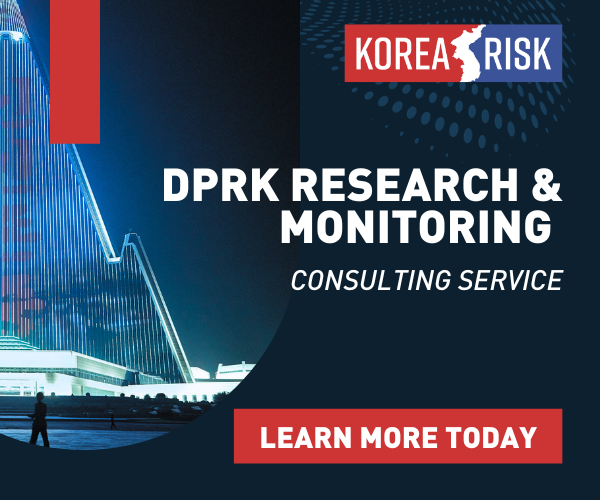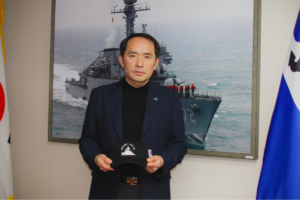All high-quality studies of North Korean history have one unusual tendency: when it comes to the 1940s, the normally-referenced official documents are those of North Korean and Soviet authorities.
When it comes to the later ages, however, the focus gradually shifts to documents of foreign embassies in the DPRK, official North Korean publications, and, ultimately, testimonies of people who escaped from the DPRK, mixed with occasional secret documents of North Korea.
All high-quality studies of North Korean history have one unusual tendency: when it comes to the 1940s, the normally-referenced official documents are those of North Korean and Soviet authorities.
When it comes to the later ages, however, the focus gradually shifts to documents of foreign embassies in the DPRK, official North Korean publications, and, ultimately, testimonies of people who escaped from the DPRK, mixed with occasional secret documents of North Korea.
Try unlimited access
Only $1 for four weeks
-
Unlimited access to all of NK News: reporting, investigations, analysis
-
Year-one discount if you continue past $1 trial period
-
The NK News Daily Update, an email newsletter to keep you in the loop
-
Searchable archive of all content, photo galleries, special columns
-
Contact NK News reporters with tips or requests for reporting
Get unlimited access to all NK News content, including original reporting, investigations, and analyses by our team of DPRK experts.
Subscribe
now
All major cards accepted. No commitments – you can cancel any time.










